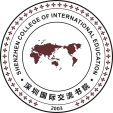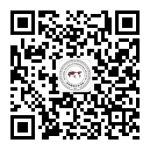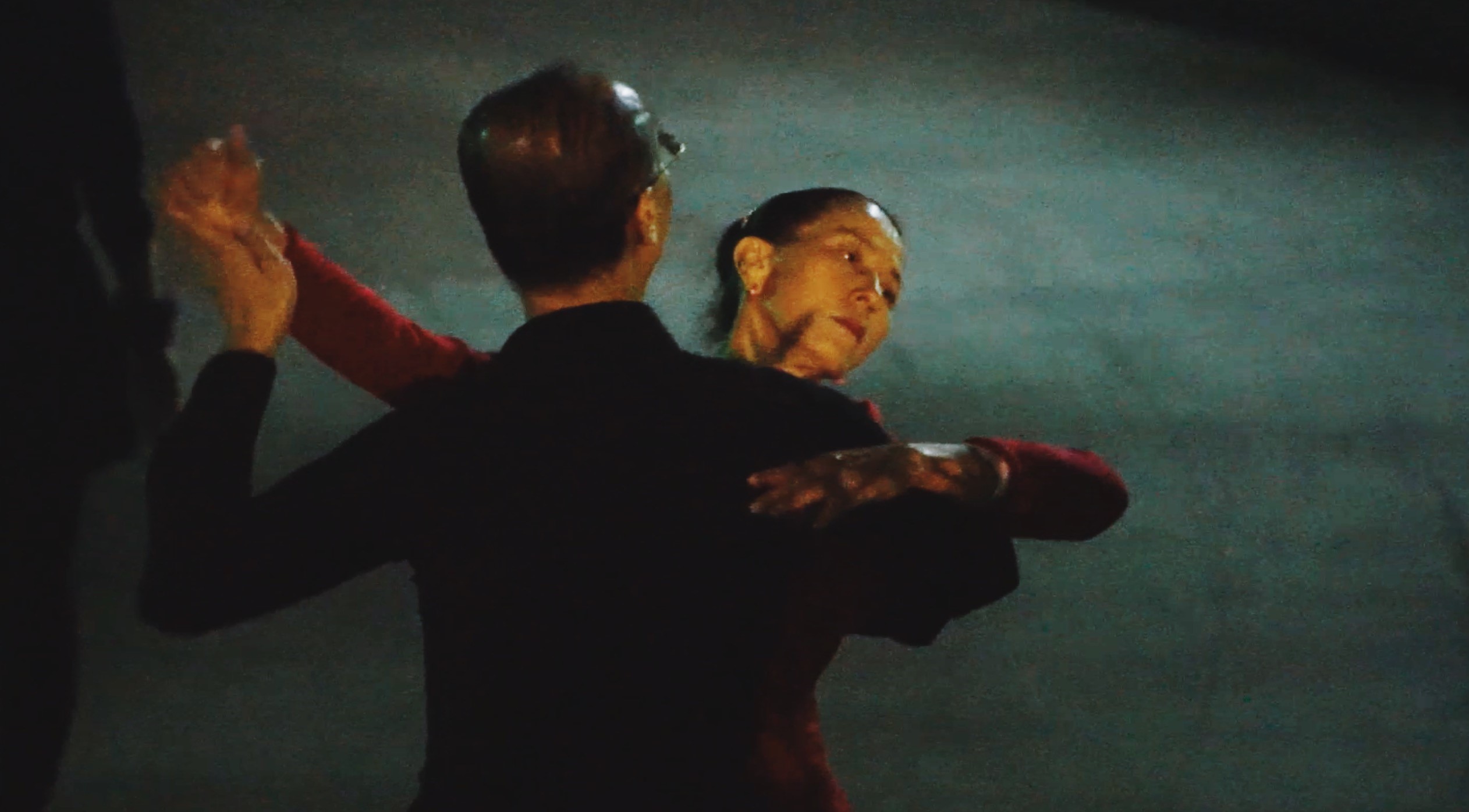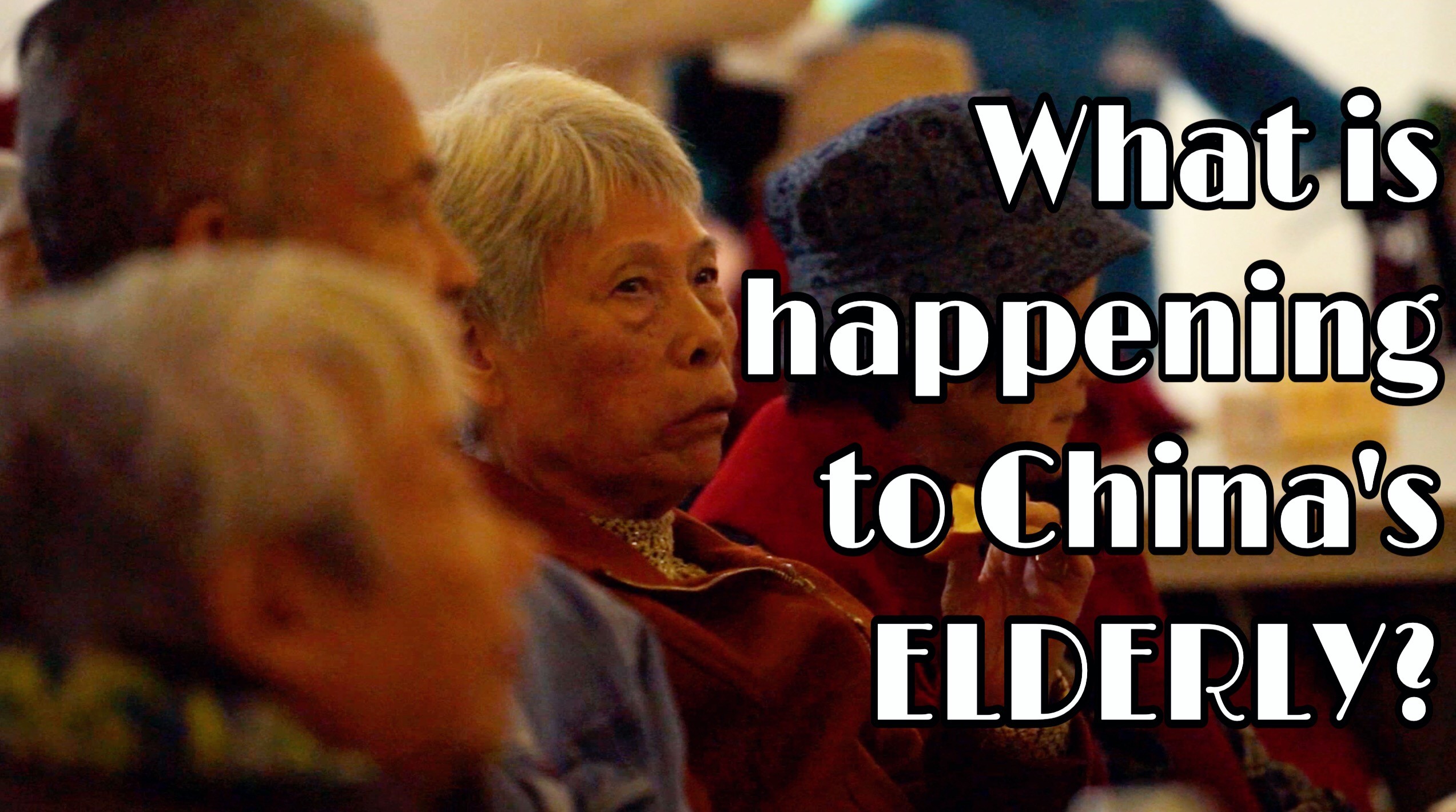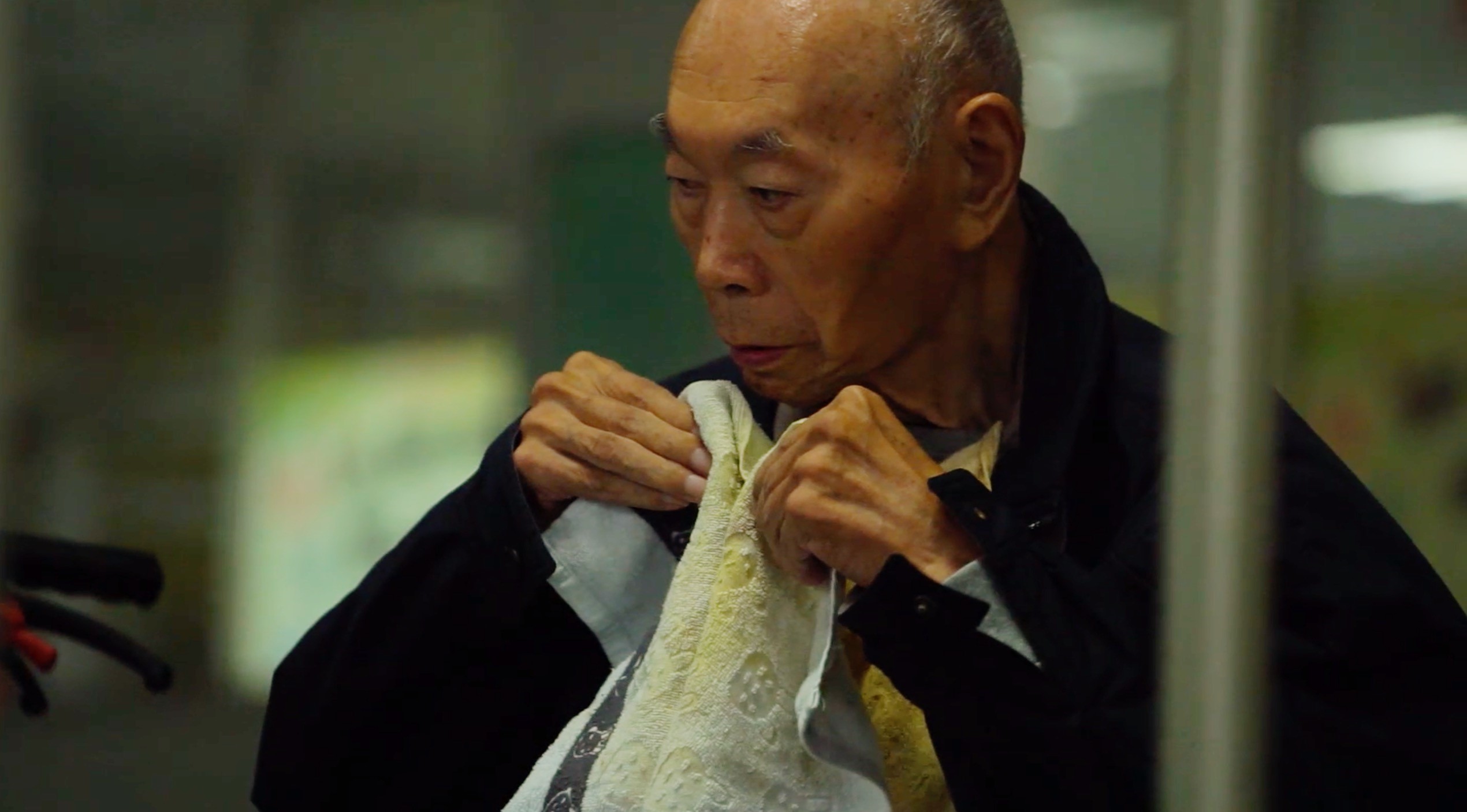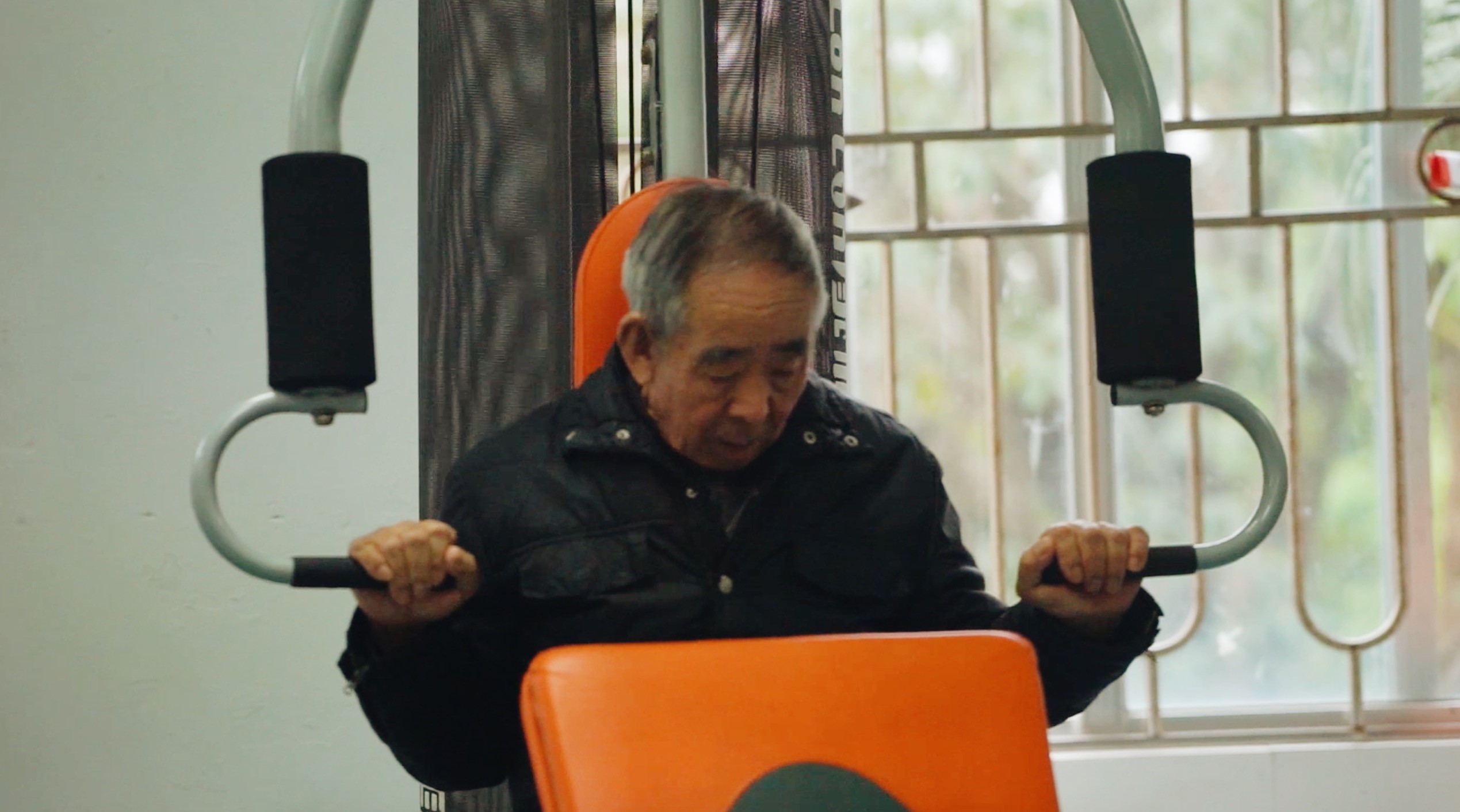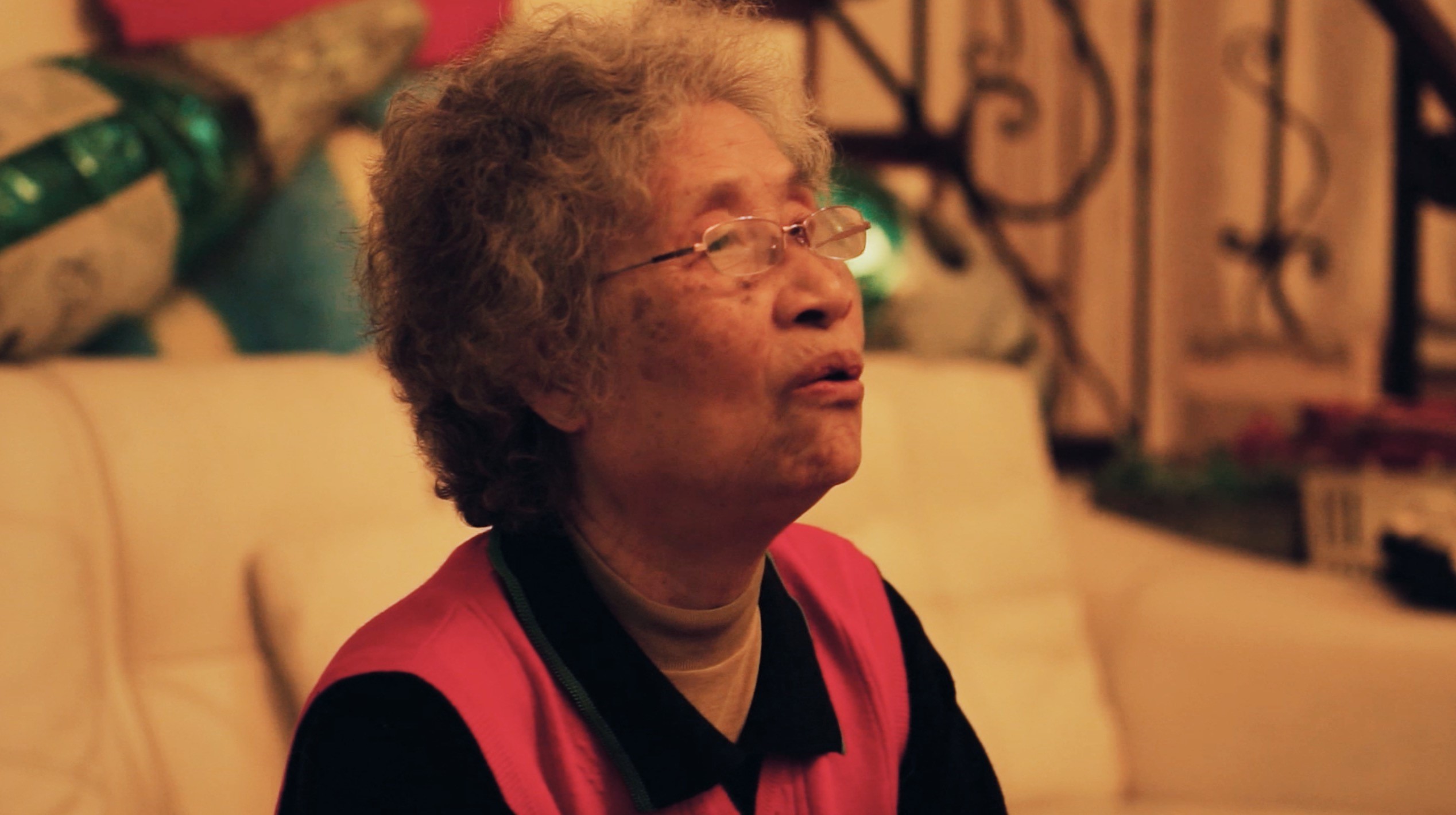Astronomy, one of the oldest sciences, has always fueled human beings’ curiosity about the stars in the sky and driven us towards understanding the fundamental principles of the universe. From Copernicus’ heliocentric theory to the Apollo 11 mission and the Voyagers’ journeys, humanity has been steadily progressing towards space and reaching for the galaxies. On November 3rd, 2023, the SCIE Cosmology Horizon Club organized the first field trip to the Shenzhen Observatory, aiming to inspire members’ interest in scientific exploration and deepen their understanding of the work carried out by professional astronomers.
At 2:30 in the afternoon, under the guidance of the supervisor Sean Mather, we boarded the school bus and embarked on a nearly two-hour journey, finally arriving at the Shenzhen Observatory located in Dapeng.
The clear autumn sky provided a refreshing atmosphere as we stood on the observation platform, admiring the sunset of Xichong in shades of the dusk. As the night fell, the Milky Way appeared luminously, and the stars sparkled with wonder.
Among the brightest stars were Altair, Vega and Deneb, forming the Summer Triangle and the largest planet in our solar system, Jupiter. At the observatory, we could also clearly distinguish the famous constellations of Cygnus and Cassiopeia. Lying on the ground, we observed photons that had traveled hundreds of light-years to reach us, gazing at the stars as they were millennia ago. Across the vast universe, the dreams of exploring the cosmos were etched in our hearts.
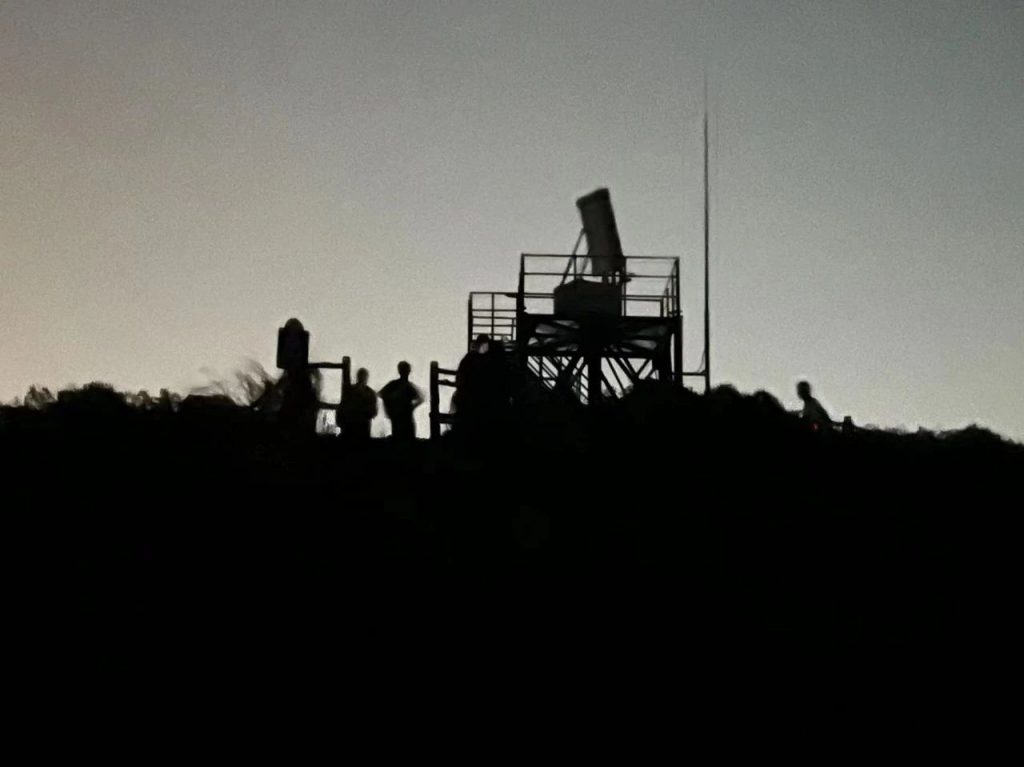
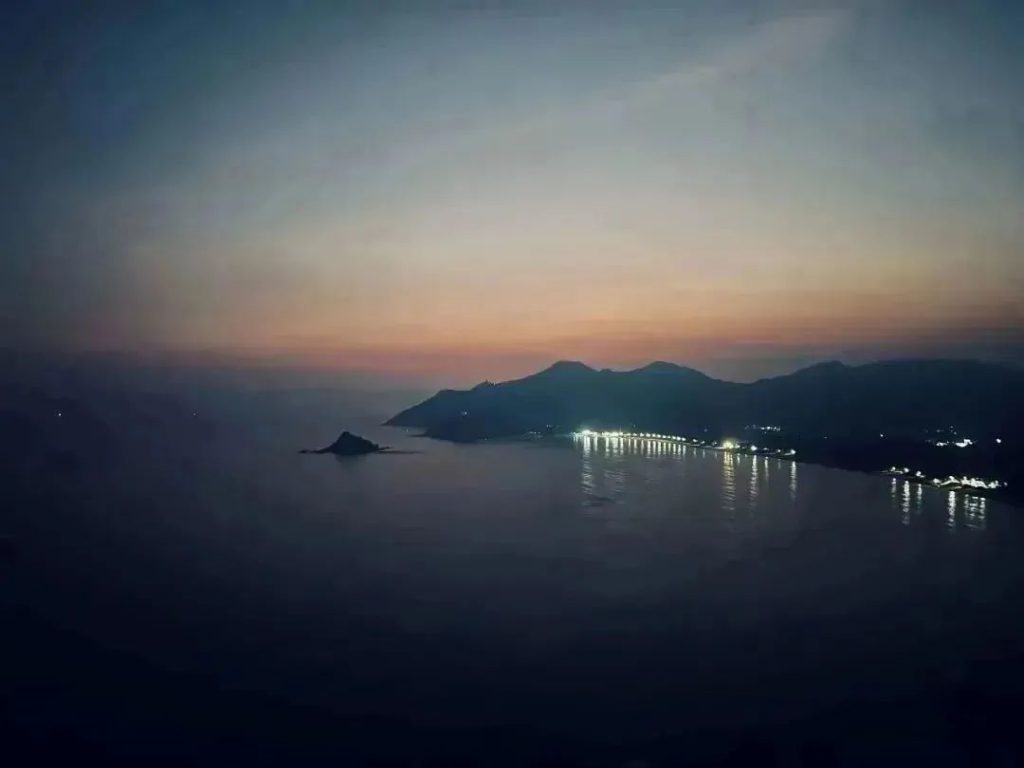
Subsequently, we entered the dome of the observatory. Using the 30-centimeter telescope, we observed Saturn and Jupiter. Saturn resembled a golden-brown toffee candy with a layer of white sugary frosting. On the computer screen provided by the observatory teacher, we witnessed the massive Jupiter covered in dense, rich clouds. Along with its two Galilean moons, they look like this emoji: ( .O. ).
The astronomers taught us the operations of telescopes to locate constellations and demonstrated image processing with the images of Jupiter we took. The teachers’ demonstrations of data processing gave us a clearer understanding of professional astronomy.
Afterward, the teachers showcased a selection of observation images, including the ice-blue Uranus and Neptune, the blood-red Mars with its carbon dioxide ice caps, and the various phases of Venus. This series of presentations not only allowed us to witness the wonders of various celestial bodies in the universe but also deepened our interest in the mysteries of the cosmos.
The transit of the International Space Station (ISS) was the most impressive. In front of the gigantic solar surface, the ISS appeared tiny, like a grain of sand in the sahara. This visual spectacle made us aware of the subtleness of human civilization in the face of the boundless expanse of space.
There were various refracting and reflecting telescopes inside the dome. The teachers provided detailed explanations to the students about the principles and usages of telescopes. Through interactive discussions with the teachers, we learned a great deal about telescopes, gaining knowledge and practical skills.
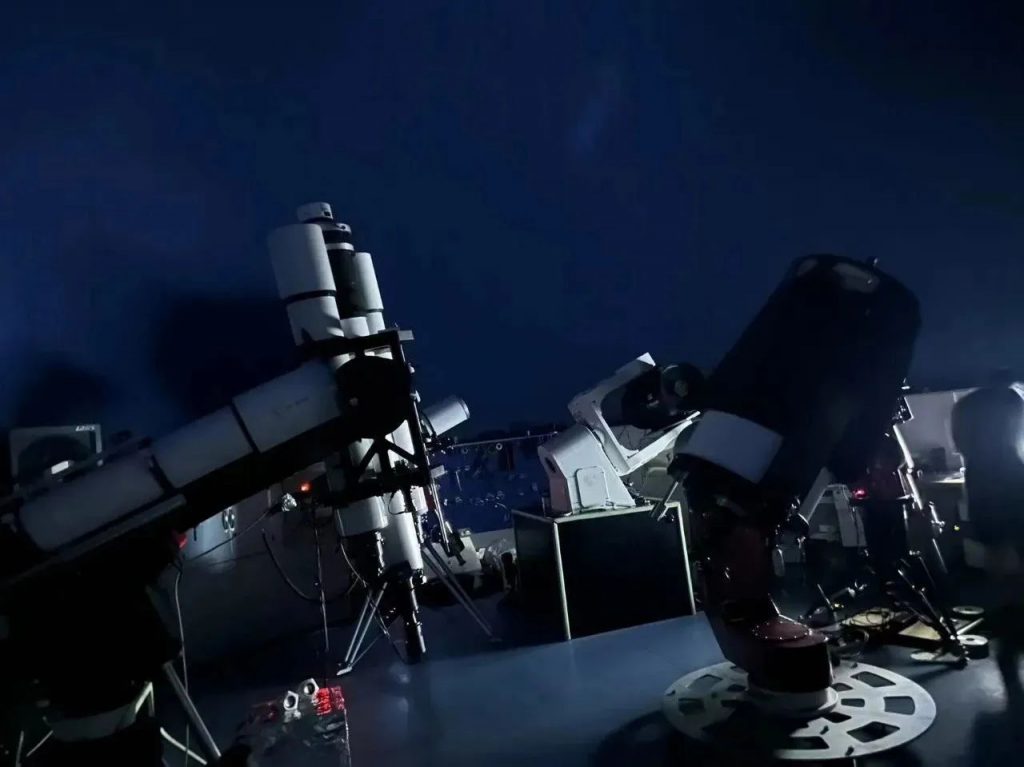
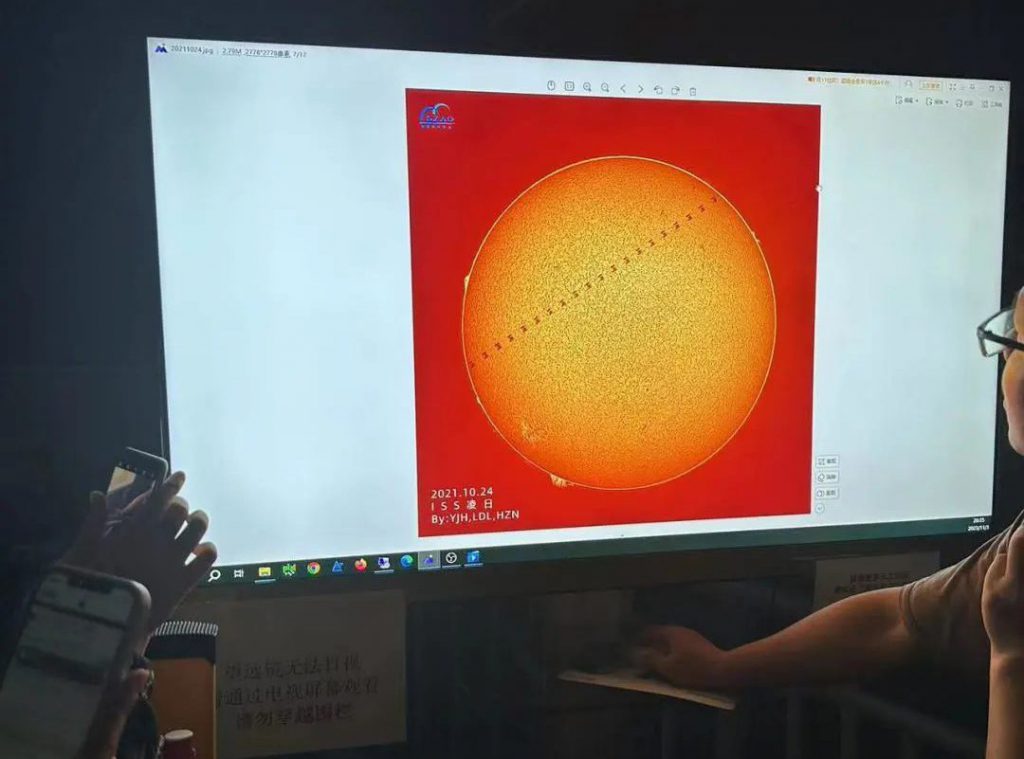
For a person new to astronomy like me, this trip to the observatory gave me a preliminary understanding of professional observational technique. Touched by the stars, I gained a stronger curiosity and desire to explore the vast universe. I am very grateful to the school and the club for providing this opportunity. I also hope that more observations can be carried out in the future so that everyone can enjoy the beauty of the vast starry sky.
Orion
I really value this experience. This was my first time to visit an observatory and observe celestial objects with a telescope. It was also my first time to learn about the career of astronomers. Reading astronomy and feeling astronomy are completely different. When I stood under the stars and observed with a telescope, I felt the romance of astronomy. This was also my first club field trip. It was a wonderful opportunity to get along with astronomy enthusiasts. During this observation, I also met many friends who have the same interests, the same majors, and the same ideals. In short, I am very grateful to the Cosmology Horizon and the school for such an experience.
Raymond
Time flies when you’re having fun. Hours have passed while we were discussing about our interests, listening to the lectures by the astronomers and wondering among the stars. Eventually, we reluctantly ended our trip and started the returning journey under the starry night.
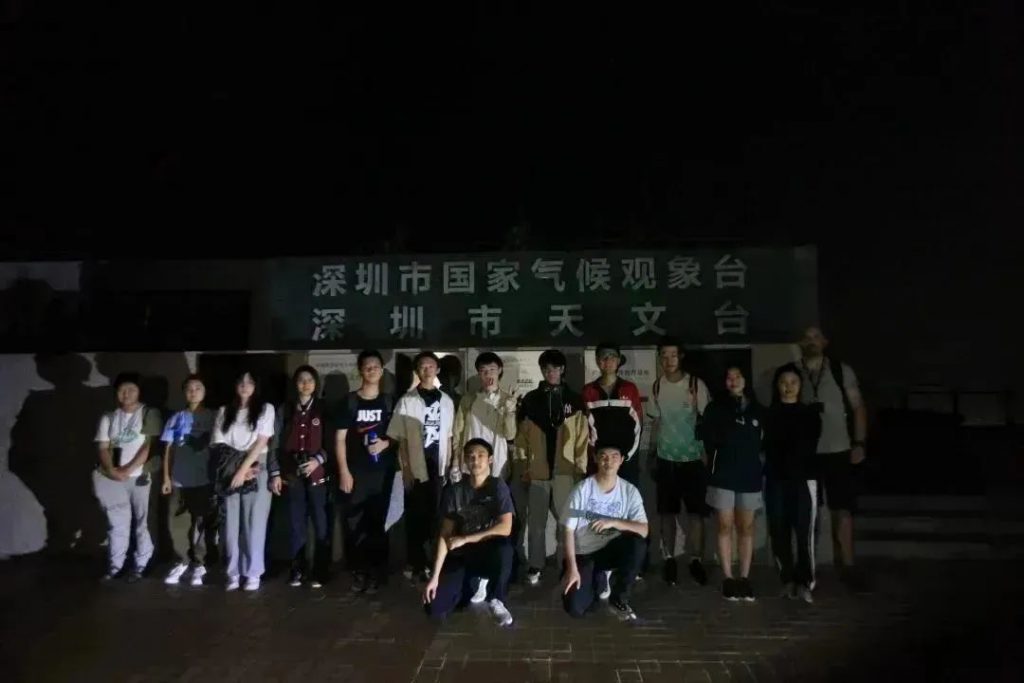
- Article / Jiya Qin
